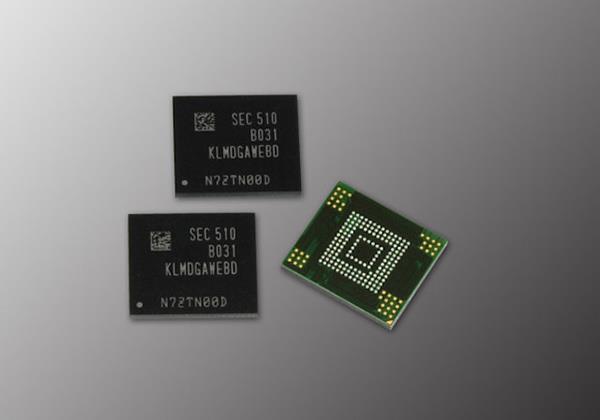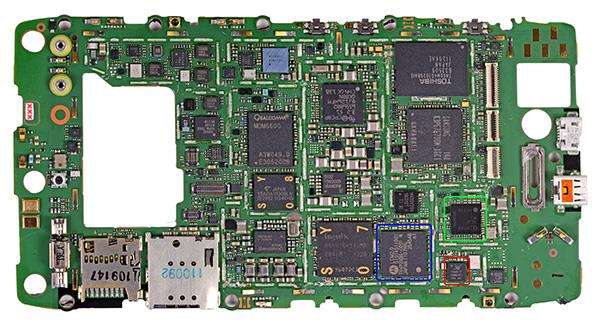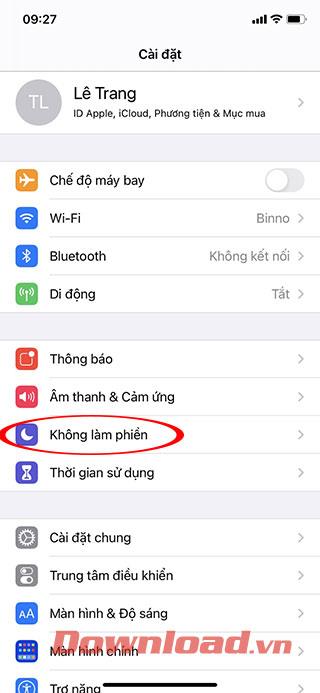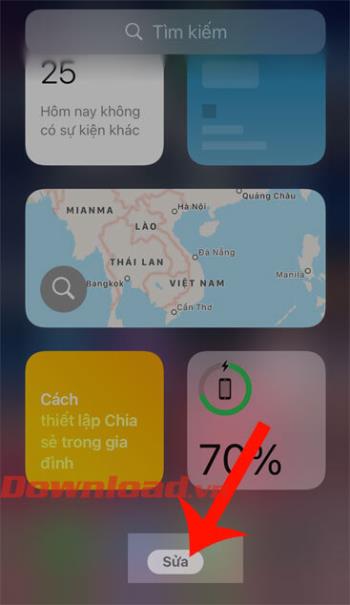On a mobile device, typically a smartphone , there is a term that you hear a lot over and over, which is the phone's internal memory? So what is the phone's internal memory? Let's find out with WebTech360 !
Definition of the phone's internal memory

The local memory of the mobile device
Internal storage is the local memory of the mobile device. In which there are 2 sets of main cells including: memory buffer and main memory. By default, this is where your downloaded files are stored.
With the cache is designed on the CPU, the main memory is composed of RAM and ROM.
Types of internal memory on the device

Types of internal memory on the device
1. Caching (Cache)
Caching often has advantages such as:
- Fast access speed
Cahe memory is usually located in the CPU, some old caches may be outside the CPU: such as the slot 1 cache cache, or the stick cache, is removable like today's RAM sticks.
The cache memory consists of 3 main caches: L1 cache and L2 cache, L3 cache (L3 is only available in some CPUs) has an access speed close to the data transfer speed in CPU.
2. Main memory
Main memory includes: RAM and ROM
- RAM: is random access memory to keep fast access speed, temporary storage of data, data will be lost when the power is cut off.
- ROM: memory for storing programs or read-only memory, data on ROM is not lost when we reset the device.




















